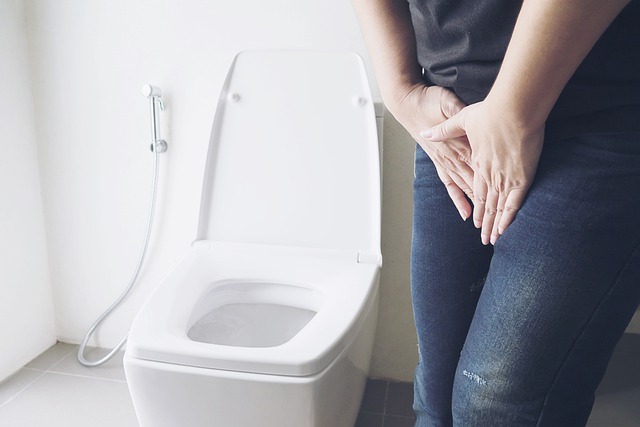Podcast: Play in new window | Download (Duration: 14:10 — 6.5MB) | Embed
Desmopressin is a synthetic analog of vasopressin, also known as antidiuretic hormone (ADH). It works by mimicking the action of natural ADH on the kidneys, primarily increasing water reabsorption in the collecting ducts. This effect reduces urine production and helps concentrate the urine. Because of this mechanism, desmopressin is commonly used in conditions like diabetes insipidus, nocturnal enuresis (bedwetting), and sometimes for nocturia in adults. It also has a role in certain bleeding disorders, such as mild hemophilia A and von Willebrand disease, since it can increase plasma levels of factor VIII and von Willebrand factor. In this podcast, we will explore desmopressin pharmacology and much more.
Desmopressin is available in several dosage forms, including oral tablets, intranasal spray, and injectable formulations. The choice depends on the indication and patient-specific factors such as age, convenience, or the need for rapid effect.
Adverse effects of desmopressin are largely related to water balance. Because it reduces urine output, patients are at risk for water retention and hyponatremia, which can lead to headaches, confusion, seizures, or in severe cases, coma. Monitoring sodium levels is especially important in elderly patients and those taking other medications that can affect fluid or electrolyte balance.
Clinicians also need to be mindful of drug interactions. Medications that increase the risk of hyponatremia, such as SSRIs, carbamazepine, or certain diuretics, may enhance desmopressin’s adverse effects. Conversely, drugs that blunt its activity can reduce effectiveness. Careful monitoring and patient education are key parts of safe use.
Be sure to check out our free Top 200 study guide – a 31 page PDF that is yours for FREE!
Support The Podcast and Check Out These Amazing Resources!
Meded101 Guide to Nursing Pharmacology (Amazon Highly Rated)
Guide to Drug Food Interactions (Amazon Best Seller)










